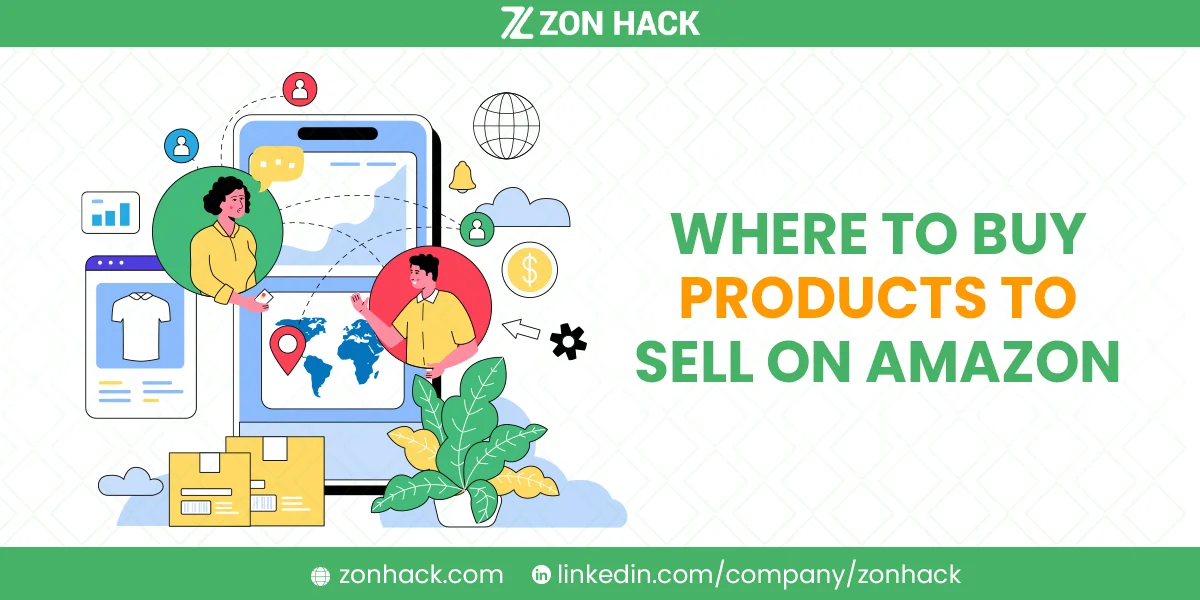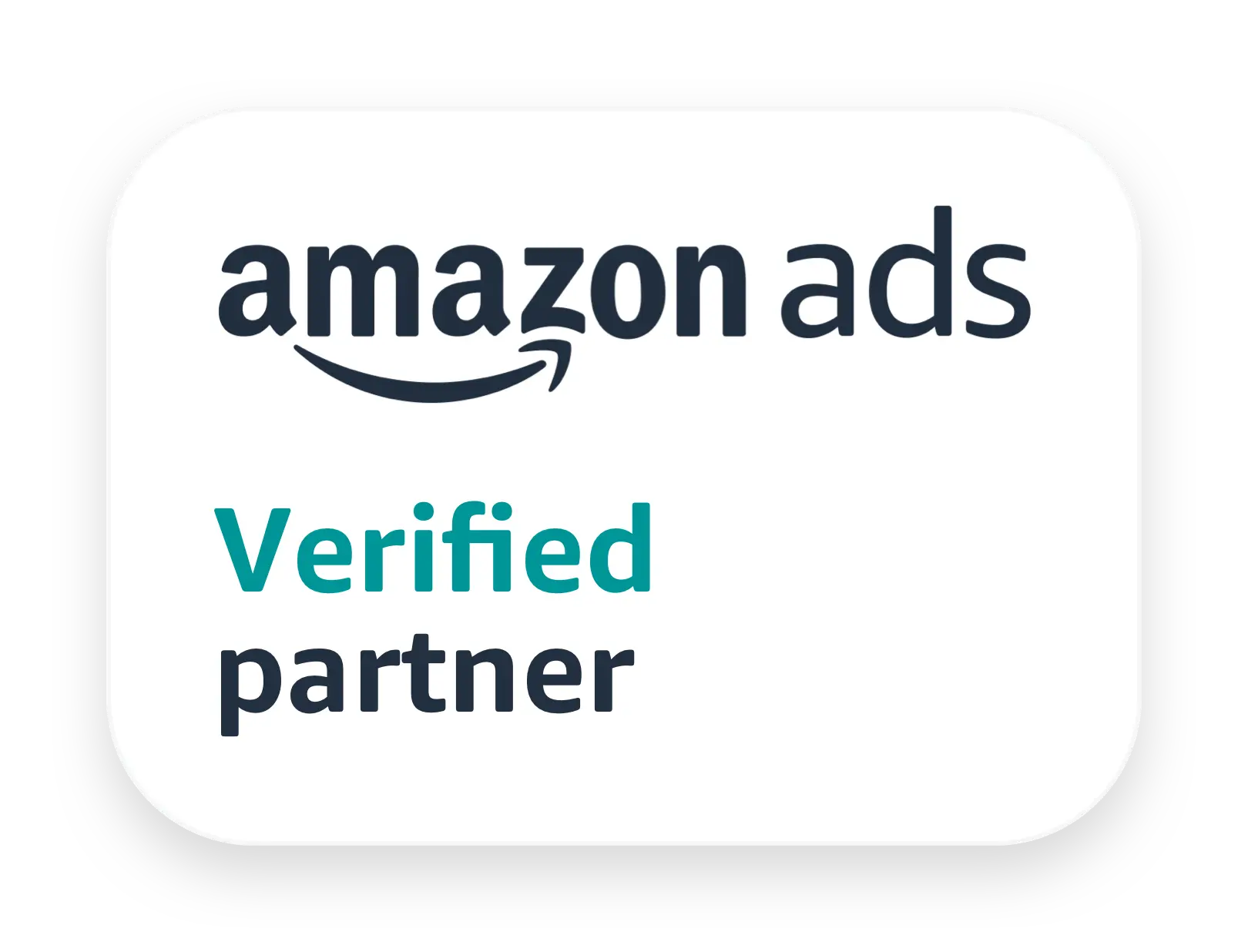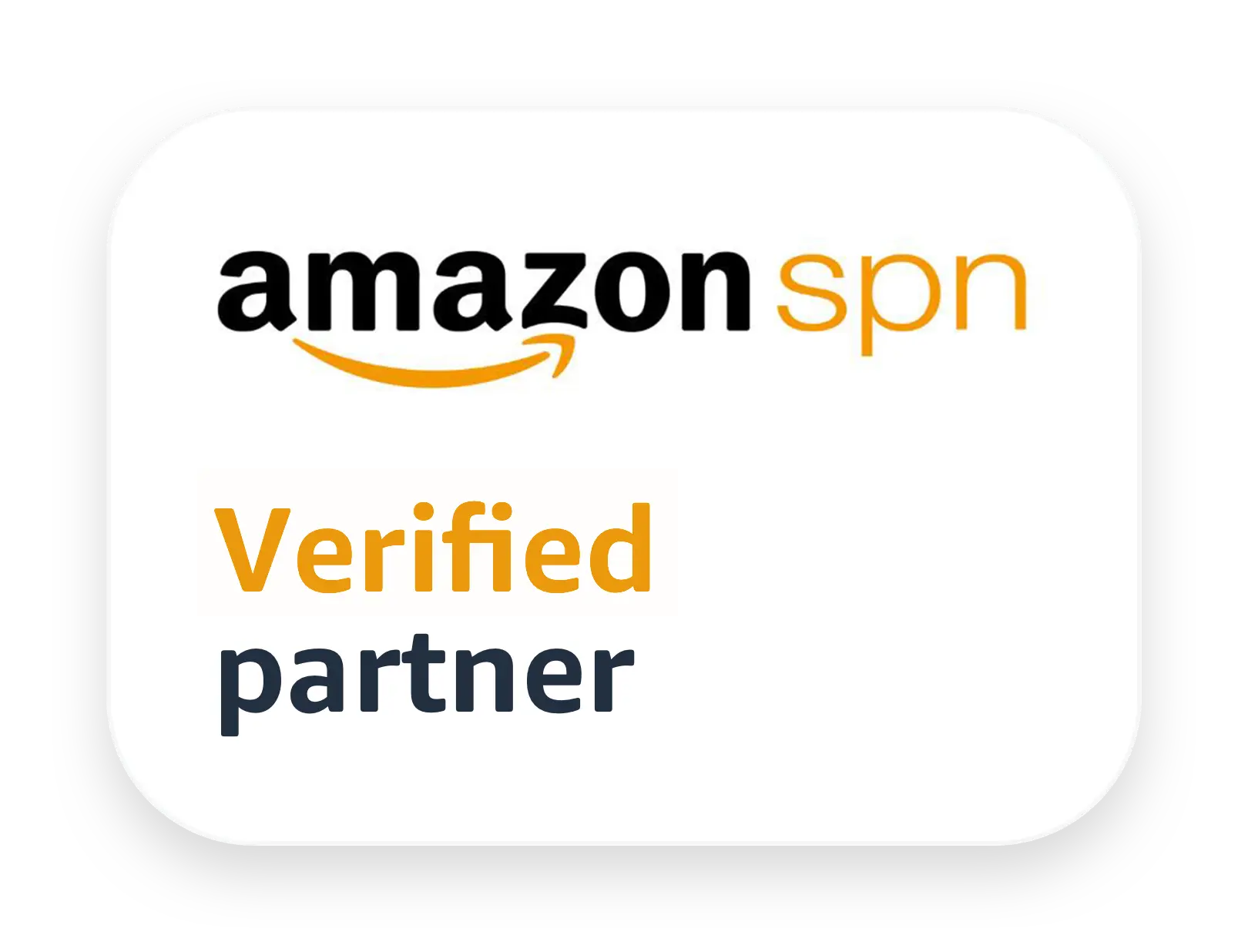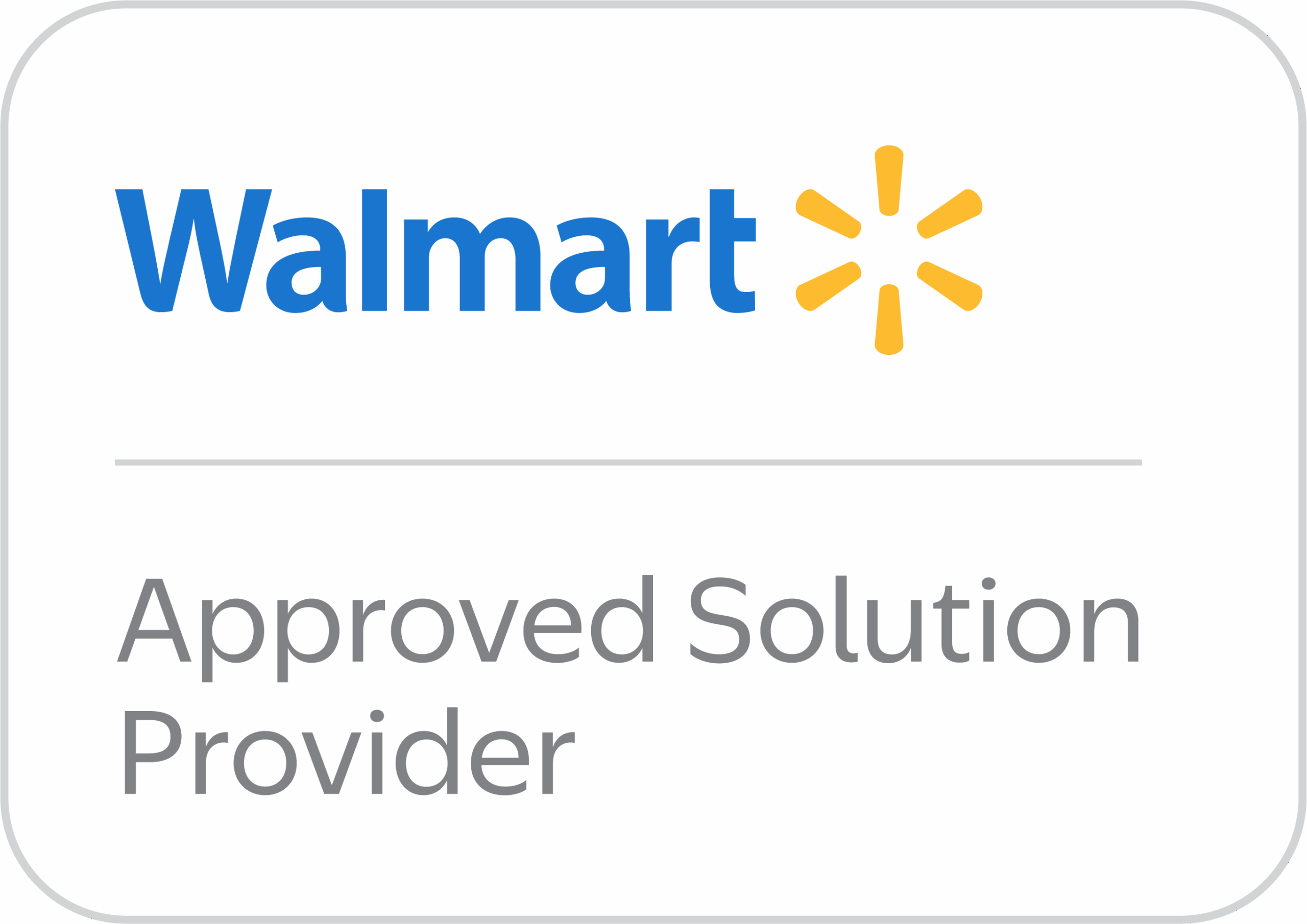Building a successful online business definitely requires knowing where to find products to sell on Amazon, and the opportunities are almost endless. If you have been thinking about getting started with Amazon but have no idea where to get products to sell on the platform then you are in the right place.
This article will explain where to find products to sell on Amazon as well as how to decide the best products to offer.
How to Decide Right Products to Sell on Amazon
It is a smart idea to start by learning which product categories sell well on Amazon before expanding or launching your brand. This can lead you to find product ideas that you would not have considered.
Here are some of the top-selling categories on Amazon:
- Home & Kitchen: You can find home and kitchen goods such as mattresses, couches, dishes, cutlery, and lamps on Amazon.
- Clothing: T-shirts, sweaters, and hats are available on Amazon.
- Electronics: On Amazon, you can find electronic items such as smartphones, iPads, and televisions.
- Grocery Stores: Food, beverages, and snacks from grocery stores are also available on Amazon.
Good products fit the following criteria:
- Compact, lightweight, and durable – convenient to store, pack and ship.
- A range of prices from $10 and $50 – provoking impulsive purchases.
- Unbranded, with the possibility for branding – greater margins are available.
To find that perfect product concept, there are several approaches to conducting Amazon product research. These consist of the following:
1. Manual Method
Probably the most time-consuming research option is manual but may be more efficient because few individuals have the patience to conduct manual research.
If you prefer to carry out the process manually, Amazon is an excellent resource to use for a few tasks. You will need to use Amazon and other eCommerce sites and marketplaces to search for products.
This requires carrying out three easy steps:
- Look at the Amazon Bestsellers List
- See what the competitors are up to
- Check out the sections for Sponsored Products, Customers Also Bought, and Frequently Bought Together.
2. Automatic Method
There are numerous software tools that can make researching Amazon products considerably simpler. These tools will offer information on demand, selling price specifics, and product trend statistics. You need to know this information in order to pick a product that will sell well.
If you do not want to incur additional costs, there are great free product research tool options as well.
Product Sourcing Options for Amazon
Let us look at where to purchase products for your business now that you know how to conduct product research.
1. Manufacturers
Working directly with manufacturers is one of the greatest methods to source items for your Amazon FBA business. You can buy products at a lower cost and have more control over the supply chain with this approach.
2. Online Marketplaces (B2B)
Marketplaces that connect product suppliers and manufacturers with eCommerce sellers are known as online business-to-business (B2B) marketplaces, such as Alibaba. Businesses list their items just like in a typical online store, and sellers can place direct orders. When you need to buy products in bulk or want to find affordable international suppliers, B2B marketplaces are a great option. Top B2B Marketplaces include:
- Alibaba
- ThomasNet
- MakersRow
- eWorldTrade
- MFG
- Kompass
3. Wholesalers
Another viable alternative for your Amazon business is to buy products from wholesalers. Your profit margins can be increased by purchasing in bulk from wholesalers, who often provide discounted prices. Top wholesalers include:
- DollarDays
- Liquidation.com
- DirectLiquidation.com
- Global Sources
- SaleHoo
- Worldwide Brands
4. Dropshipping
Dropshipping is a business model in which suppliers ship items directly to buyers. You have the advantage of not having to pay for products ahead of time and can locate a large selection of products with dropshipping suppliers. It might also be much easier to manage your business successfully because you do not have to fulfill orders or store your own inventory.
5. Fairs or Exhibitions
Networking in person is quite valuable. A great strategy to identify suppliers is to attend fairs and events and make direct connections with suppliers; otherwise, you never would have had the chance to meet.
6. Product-sourcing Agencies
Product-sourcing organizations that conduct all of the research for you are an additional choice. These are third-party services that will greatly simplify the process of discovering suppliers.
To get everything in a single place, all you have to do is use Zonhack’s services. The service exclusively has local agents, 67 marketplaces, offline RFQs, factory network, trade shows and QC network to improve, streamline, and organise your product sourcing process.
7. Local Retailers
Purchasing products from local retailers like Target, Kohl’s, and Walmart is another way to find stuff to sell on Amazon. The practice of purchasing items at store discounts and reselling them on Amazon for a profit is known as retail arbitrage. For great deals on products with strong resale value, keep an eye out for discounts and clearance events.
8. Thrift Stores and Auctions
A kind of retail arbitrage exclusive to thrift stores and auctions. Some Amazon sellers have discovered high-profit products by visiting auctions, garage sales, and thrift stores while browsing clearance aisles and liquidation sales is the most popular model of retail arbitrage. The online and local auction directory Auctionzip.com is a great place to start.
9. Make Your Own Product
You can create your own product if you want complete control over your product and brand. For example, you could build your own clothing line. You can come up with your own idea and find a manufacturer who will make and package the products for you. Compared to private label or wholesale, this is more expensive and time-consuming, but you will have complete control.
10. Private/White Label
Directly purchase generic products from the manufacturer, add your own labels and sell under your brand. Private label sellers still source products from a manufacturer, but unlike wholesale, they have some say in product design and use their own brand name. It implies that you are in charge of product quality, packaging, labeling, and more. It is known as private or white labeling.
Conclusion
Finding the correct items to sell and understanding where to buy them are the first steps towards realizing the potential of Amazon, which can be a life-changing experience.
There are so many alternatives available, from manufacturers and wholesalers to local retailers and even creating your own products. Your success can be greatly increased by knowing how to get products from the best possible source. Any product your business wants to offer can be found with the help of the aforementioned list.




